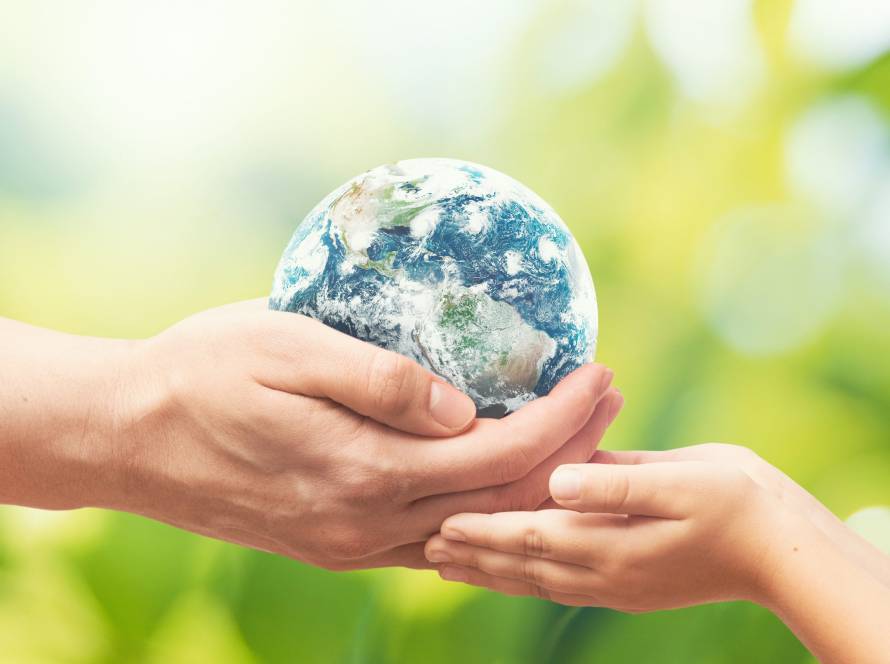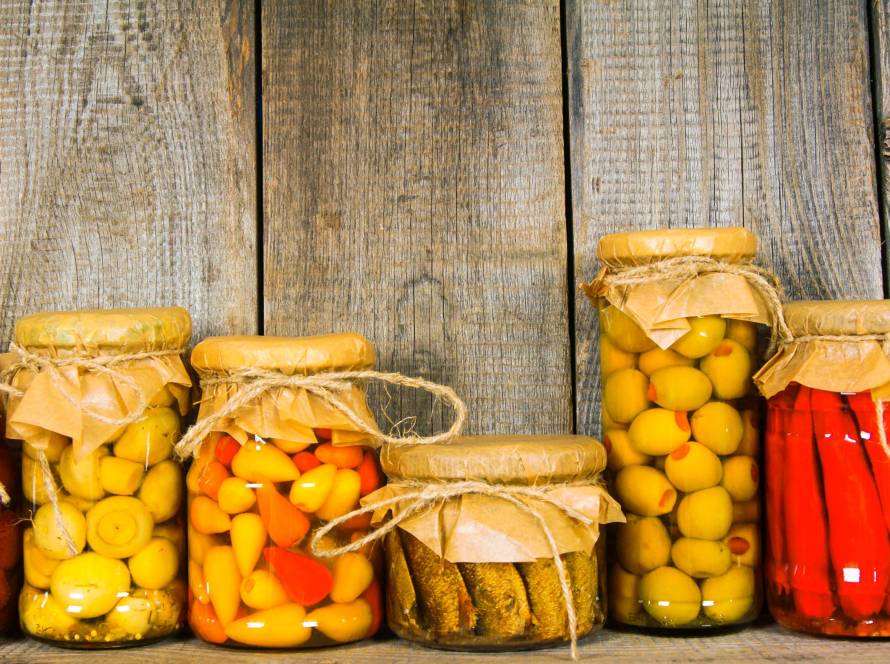The future blossoms with the seeds of the past. This is not merely a metaphor but a profoundly tangible reality for the future of soil, climate, and our tables. Today, food crises, climate change, and the biological uniformity caused by industrial agriculture have brought us to a turning point: what we sow, how we cultivate, what we consume, and what we preserve no longer shape just today but also tomorrow. At this critical juncture, heirloom seeds, with their thousands of years of legacy, are emerging as a beacon of hope. Producing with heirloom varieties is not just a nostalgic choice; it is a commitment to nature, nutritional value, and cultural continuity. For heirloom seeds carry not only genetic material but also a cultural memory.
What Are Heirloom Seeds? Why Are They So Important?
Heirloom seeds are local seeds passed down from farmer to farmer through generations, untouched by genetic modification and naturally propagated. They are not hybrids, not patented, and not products of laboratories. Each seed is a living entity that has adapted to its specific geography, climate, and soil, learning, over time, to “speak” with that land. Their importance extends beyond agriculture:
- They preserve biodiversity. Each seed sustains the richness of agricultural ecosystems.
- They are nutrient-rich. They can be higher in vitamins, minerals, and antioxidants compared to modern varieties.
- They are resilient to climate change. Adapted to their native habitats, they withstand drought, pests, and diseases.
- They carry cultural identity. Each variety reflects a region’s food and drink traditions, lifestyle, and collective memory.
Nourishing with Heirloom Varieties: A Quiet Revolution at the Table
The modern food supply chain prioritizes shelf life, appearance, and transportability. In contrast, heirloom varieties are about inner depth rather than outward perfection. A siyez bulgur, a black-spiked wheat, a black tomato… They may not meet standardized shapes, but they are more nutritious and carry authentic flavors. Meals prepared with these varieties do more than fill stomachs; they reconnect us with the past. The tangy taste in your grandmother’s stuffed peppers might trace back to a pepper variety unique to a mountain village. Heirloom seeds bring that feeling back to the table.
From Farmer to Seed Bank: The Power of Local Solidarity
Preserving heirloom seeds is possible not only through individual efforts but through community solidarity. Seed swap festivals, local seed banks, farmers’ markets, cooperatives, and agroecological farms are the unsung heroes of this movement.
Through these structures:
- Seeds are shared, multiplied, and kept alive.
- Genetic diversity is preserved.
- Dependence on industrial agriculture diminishes.
- Local economies are strengthened.
Every shared seed opens a door to a non-commercialized future.
Seed Education for Future Generations
Producing with heirloom seeds requires knowledge, intuition, and observation—a silent legacy passed from grandparent to grandchild. Today, this chain of transmission needs to be rebuilt.
- Seed literacy classes in schools,
- Community gardens and seedling planting events with children,
- Digital content narrating the cultural significance of heirloom seeds,
are vital for strengthening the bond future generations have with seeds. Because it’s not just about planting and harvesting; understanding the meaning of a seed nourishes the future.
The Future Lies in Seeds
When an heirloom seed falls into the soil, it doesn’t just sprout a plant—it gives rise to resilience, memory, and hope. Despite the pressures of industrial agriculture, these seeds stand tall, reminding us of nature’s enduring memory. To nourish the future, we must first remember the past. And the quietest yet most powerful carrier of that past is always a seed. Let us not forget: every seed is a story. Every heirloom variety is a letter written to the future. And those who can read that letter will not only nurture today but also make tomorrow bloom.





